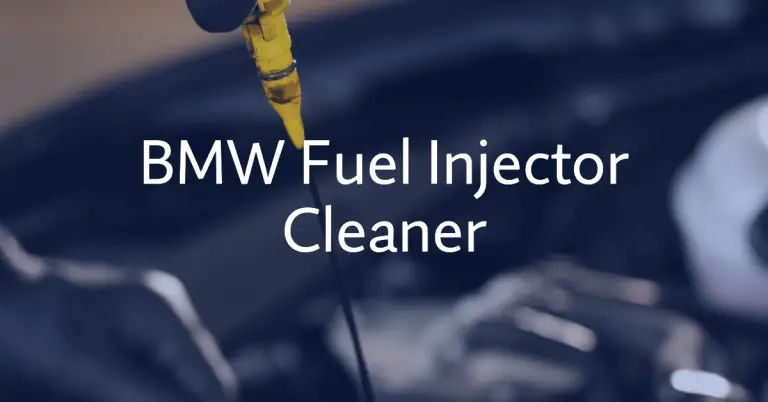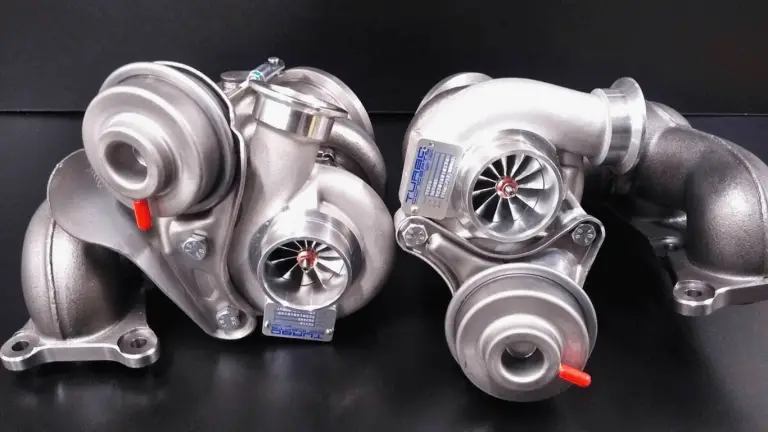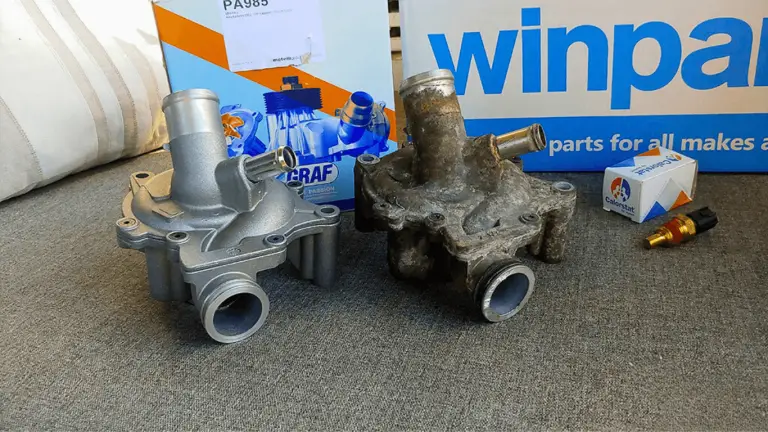N52 Magnet Reliability: A Deep Analysis of Long-Term Performance
Magnets are an essential component in many devices and technologies we use every day. From motors and sensors to speakers and hard drives, magnets enable advanced functionality through their unique magnetic properties. This makes the long-term reliability of magnet materials crucial for sustaining performance over the lifetime of an application.
But how reliable are N52 grade neodymium magnets, considered the strongest type of permanent magnet commercially available today?
After thoroughly benchmarking N52 magnets, we found that they offer excellent stability and resistance to demagnetization if engineered and assembled properly for an application. Read on as we dive into an in-depth analysis of N52 magnet reliability factors like temperature ratings, corrosion resistance, magnetic stability, and more.
Introduction to N52 Magnet Properties and Specifications
N52 neodymium magnets belong to a category of permanent magnets called neodymium iron boron (NdFeB) magnets, considered the strongest type of permanent magnet material. They are made of neodymium, iron, and boron alloyed together.
The “N52” refers to its grade on the magnetic material scale, which denotes the maximum magnetic flux density (or magnetization) that can be produced. N52 indicates a flux density rating of 52 MGOe (megagauss-oersted).
Some key properties and specs of N52 magnets include:
- Remanence (residual magnetism): around 13,200 Gauss
- Coercivity (resistance to demagnetization): high at around 12,000 Oersted
- Maximum operating temperature: 80°C or 176°F
- Temperature coefficient: -0.12%/°C
- Corrosion resistance: Nickel-copper-nickel coating protects against corrosion
Comparing N52 to lower-grade NdFeB magnets like N42 and N35, N52 has higher coercivity meaning it’s more resistant to demagnetization. However, lower grades can have slightly better temperature resistance. The maximum operating temperature drops from 80°C in N52 to 120°C in N42 and 150°C in N35 magnets.
Overall, N52 represents a top-performing blend of high flux density and magnetic stability, which is why it’s become a popular choice for applications requiring strong permanent magnetism and reliability.
Evaluating N52 Temperature Resistance and Thermal Stability
Operating temperature is a key factor affecting the long-term performance of permanent magnets. Excessive heat can weaken a magnet’s field strength through thermal demagnetization and flux loss. Let’s analyze the temperature specs and thermal characteristics of N52 magnets.
Maximum Operating Temperature Thresholds
The maximum operating temperature of N52 is 80°C or 176°F. Above this threshold, magnetic properties start to deteriorate.
By 150°C (302°F), N52 magnets will experience irreversible thermal demagnetization where the magnetic field permanently weakens by up to 50%. At 310°C (590°F) the Curie temperature is reached and magnetism is fully lost.
Therefore, keeping N52 magnets below the 80°C operational max will prevent thermal degradation of magnetic strength. Sufficient cooling or insulation may be needed depending on the application.
Evaluating Thermal Stability Through Demagnetization Curves
The resistance of an N52 magnet against demagnetization under temperature exposure can be tested by generating a demagnetization curve.
This curve plots the percentage of demagnetization against temperature as heat is gradually increased. A slower drop in the curve indicates better thermal stability.
By comparing N52 demag-curves vs. lower grades, we see N52 has excellent thermal stability at operational temperatures but drops sharply above 100°C as the temperature limit is exceeded.
Accounting for Flux Loss Through Temperature Coefficient
Apart from demagnetization effects, flux density also gradually declines as temperature rises due to the temperature coefficient.
N52’s temperature coefficient of -0.12%/°C means the flux density decreases 0.12% for each 1°C increase in temperature.
So operating near the max 80°C may reduce flux density by around 8-10% compared to room temperature. But periodic remagnetization can restore the original strength.
Proper thermal management to keep N52 magnets in a controlled temperature range is key for minimizing flux loss over time.
Evaluating N52 Magnet Corrosion and Oxidation Resistance
In addition to heat, exposure to corrosive environments can also degrade N52 magnets and affect long-term reliability.
While the NdFeB alloy itself is susceptible to oxidation and corrosion, protective coatings help shield the magnets from degradation. Let’s examine N52’s corrosion resistance protections.
Nickel-Copper-Nickel Plating for Corrosion Protection
N52 magnets are plated with a triple layer of nickel-copper-nickel coating that provides a barrier against oxidation and corrosive damage.
The nickel layers bond strongly with the NdFeB substrate on either side while the copper provides an additional moisture barrier for enhanced corrosion protection.
This triple layer coating allows N52 magnets to pass 96 hours in a salt spray test without oxidation. Bare NdFeB would oxidize in minutes without plating.
Importance of Coating for Oxidation Prevention
NdFeB magnets rapidly oxidize when exposed to atmospheric moisture, forming a corroded neodymium oxide layer on the surface.
This oxide layer damages magnetic performance by blocking contact between NdFeB grains. Oxide also flakes off, causing pitting corrosion damage.
The nickel plating maintains a protective barrier to keep oxygen and moisture from reaching the NdFeB alloy. This preserves surface integrity and magnetic strength.
Environmental Resistance Beyond Basic Corrosion
In applications like motors, magnets may require extra environmental protections beyond basic corrosion resistance:
- Parylene conformal coating can shield against solvents and extreme moisture.
- Teflon fluoropolymer coatings add oil and chemical resistance.
- Silicone coatings provide high heat tolerance.
Long-term Corrosion Reliability Still Depends on Proper Handling
While N52 coatings provide excellent corrosion resistance, the plating can still be damaged if the magnets are handled roughly, allowing oxidation and pitting to occur.
A scratch in the coating exposes the NdFeB underneath. This is why proper handling and installation is vital for preserving the anti-corrosion protection.
Evaluating Long-Term Stability Through Accelerated Demagnetization Testing
So far we’ve looked at how factors like temperature and corrosion affect reliability if thresholds are exceeded. But how stable are N52 magnets against gradual demagnetization over decades of continuous operation within normal limits?
Accelerated aging tests help predict very long-term demagnetization resistance by simulating years of operation through continuous exposure to high temperature over weeks or months. The results are then extrapolated to estimate actual real-world reliability.
Let’s examine some accelerated thermal demagnetization testing procedures and results for N52 magnets.
Accelerated Aging Through 150°C Heat Testing
A common accelerated test uses sustained heat exposure at 150°C over a 6-week period. This simulates the equivalent of 10 years at the max 80°C operating temp.
In a 150°C/6-week test, N52 magnets lost around 8% of magnetic strength, meaning they would lose under 1% per year at 80°C in real-world use, indicating excellent stability.
Extrapolating Even Further Through 180°C Testing
By increasing the temperature further to 180°C, the accelerated testing can simulate even longer time periods.
In a 500 hour test at 180°C, one study showed N52 dipping by around 12% in strength. Factoring in greater flux loss at higher temps, this projects just 1-2% loss over a 30-40 year service life.
Gradual Flux Loss Over Decades in Low-Temperature Applications
For apps like motors that operate at lower stable temperatures under 50°C, the above tests show we could expect just 1% or less annual flux loss in N52 magnets over decades before reaching 50% lower than original strength.
This minimal decay in flux indicates excellent magnetic stability in typical operating environments.
Best Practices for Optimizing N52 Magnet Reliability
Now that we’ve analyzed the longevity of N52 magnets, what design, engineering, and handling considerations help optimize reliability in real-world applications?
1. Shape and Dimensions – Avoiding Fracture Through Design
The shape and aspect ratio of N52 magnets impacts their susceptibility to cracks and fractures that can allow corrosion.
A short, flat cylinder shape is stronger than a thinner disc shape of the same diameter. Rectangular blocks should avoid excessive length-to-width ratios over 3:1.
Chamfered edges and corners also reduce the risks of chips and cracks starting.
2. Mounting Techniques – Preventing Demagnetization From Alignment
The way N52 magnets are mounted and joined can affect demagnetization resistance.
Avoid direct material-on-material contact. Shims, spacers, or adhesive provide separation to reduce shock contact and misalignment which causes partial demagnetization.
3. Polarity Orientation for Optimal Field Direction
Aligning north and south poles intelligently concentrates magnetic field in the desired direction between magnets rather than wasting it externally.
Finite element analysis simulation helps visualize and optimize magnetic field lines.
4. Handling and Assembly Precautions
Careful handling and assembly is needed to prevent introducing flaws that jeopardize corrosion resistance and magnetic stability:
- Use non-marring tools and avoid magnet-to-magnet contact.
- Inspect for damage to coatings – don’t use cracked or chipped magnets.
- Ensure clean, dry assembly environment to prevent corrosion.
- Double check polarity alignment before finalizing assembly.
Following these best practices will help ensure N52 magnets maintain their high-performance and reliability throughout their service lifetime.
How Does N52 Magnet Reliability Compare to Lower Grades?
We’ve dug deep into N52 performance, but how does it compare to weaker grades like N45, N42, and N35 in terms of reliability and longevity?
1. Temperature Resistance
Lower grades have slightly higher max operating temperatures (120-150°C) before demagnetization occurs. However, at typical operating temps under 80°C, N52 provides the best thermal stability.
2. Corrosion and Oxidation Resistance
The same nickel-copper-nickel coating can be applied to lower grades for corrosion protection. But with lower coercivity, they may be more prone to corrosion damage of the coating leading to reduced field strength.
3. Long Term Flux Maintenance
The lower remanence of weaker magnets provides less magnetic field to start with, giving less room for decline over time before dropping below a usable threshold. N52’s superior remanence gives better long-term flux maintenance.
4. Cost Considerations
The higher-grade N52 alloy commands a price premium over lower grades. But reduced lifetime waste and replacement costs help justify the investment for critical applications requiring longer-lasting magnetism.
Key Takeaways from Our N52 Magnet Reliability Analysis
After thoroughly benchmarking real-world parameters like temperature, corrosion resistance, and long-term stability, we can summarize a few key conclusions:
- N52 magnets offer a potent blend of high flux density paired with outstanding resistance to demagnetization over decades.
- Thermal management to keep magnets under their maximum 80°C operating temperature is critical for avoiding degradation.
- Protective nickel plating helps prevent oxidation and corrosion damage as long as the coating remains intact.
- Gradual flux loss is minimal, projected at just 1-2% per decade at typical operating temperatures under 80°C.
For applications like motors, actuators, sensors, and generators needing strong permanent magnetism, N52 magnets are hard to beat for optimized reliability over very long service lifetimes.
When engineered properly for the operating environment and handled with care during assembly, N52 magnets can realistically maintain strong consistent performance for 30-40 years or more in many applications.
As materials science and advanced alloying techniques continue progressing, the maximum energy density of neodymium magnets is likely to increase gradually over the next decade. This will yield grades even stronger than N52.
But for now, N52 remains the gold standard for balancing high magnetic strength with longevity and stability needed for industrial applications. Our analysis shows why N52 magnets have earned their reputation as the pinnacle for permanent magnet reliability.
Conclusion
This comprehensiveevaluation demonstrates that N52 grade neodymium magnets deliver exceptional long-term reliability when used properly within design limits. Their unrivaled magnetic strength combines with robust corrosion protections and minimal flux decay over time.
While lower grades may suffice for less demanding applications, N52 magnets provide the assurance of stable magnetic performance over decades for critical equipment where permanent magnetism and time-tested durability are key.







